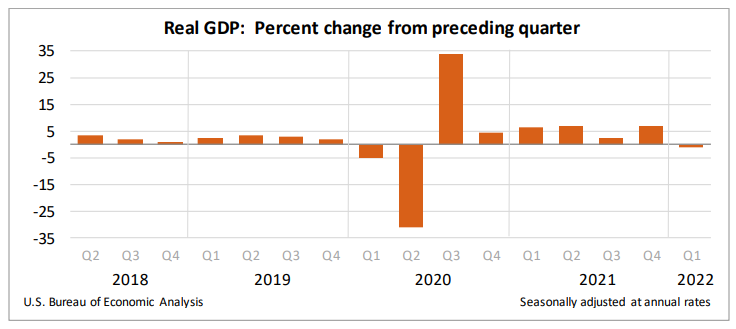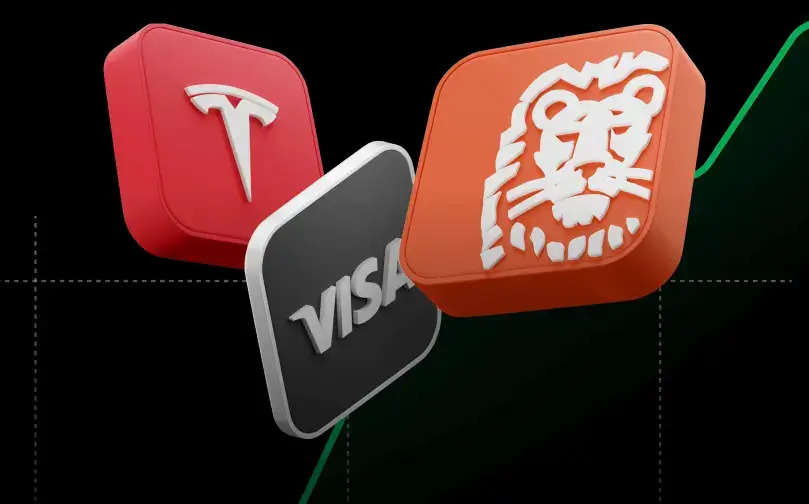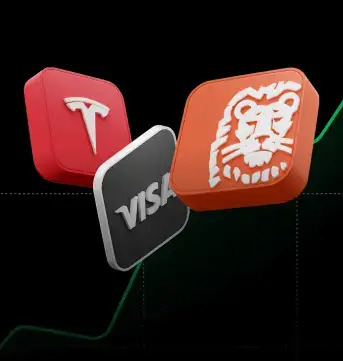The American economy contracted an annualized 1.4% in Q1 2022 following a 6.9% growth in Q4 2021 and missed analysts’ expectations of a 1.1% expansion. The figure was hit by decline in inventory investment and growing trade deficit, which hit a record high in March as import volumes and prices spiraled.
- Exports plunged 5.9% (from 22.4% in Q4), while imports jumped 17.7% (from 17.9% in Q4). Meanwhile, gross private domestic investment growth slowed sharply (2.3% vs 36.7%), while government spending declined further (-2.7% vs -2.6%). On the other hand, consumer spending (2.7% vs 2.5%) and fixed investment (7.3% vs 2.7%), particularly nonresidential, contributed positively to GDP.
- "Net trade represented a massive 3.2% drag on GDP growth amid a weakening global backdrop, while inventories imposed a 0.8% drag on GDP growth as supply chain challenges intensified," said Lydia Boussour, Lead U.S. Economist at Oxford Economics.
- Report showed the annual rate of growth in core consumer prices, which exclude food and energy, accelerated to 5.2% in the first quarter from 4.6% in the fourth quarter, reaching the highest level since 1983.
 US economic activity unexpectedly contracted in the first quarter of 2022. Source: US Bureau of Economic Analysis
US economic activity unexpectedly contracted in the first quarter of 2022. Source: US Bureau of Economic Analysis
Start investing today or test a free demo
Create account Try a demo Download mobile app Download mobile appAt the first glance the headline figure looks worrisome, however it’s unlikely that today's report will dissuade FED from hiking interest rates to combat inflation as the contraction was a result of strongly rising imports and lower exports, coupled with a slower build-up of businesses’ stockpiles. Meanwhile, personal consumption, which is the most important part of the economy, continues to move higher despite rising inflation and gloomy macroeconomic outlook.

